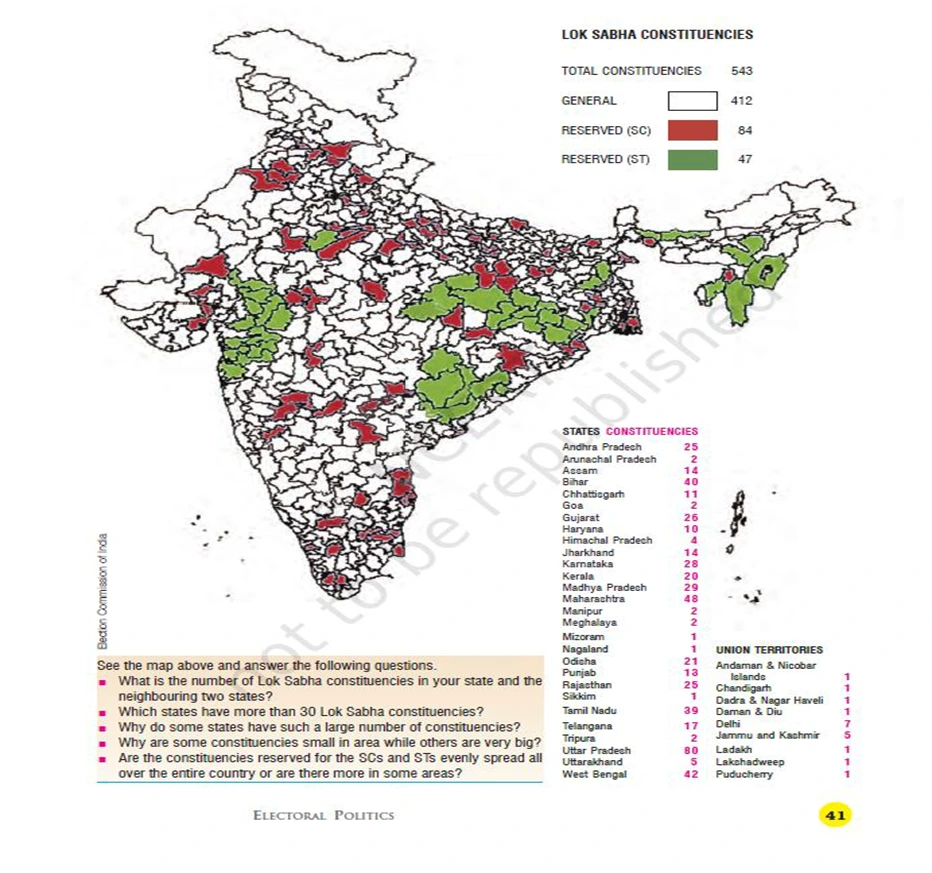![]() 30 Nov 2023
30 Nov 2023
India has a representative democracy system. In India, Lok Sabha and Vidhan Sabha general elections are held regularly every five years. General elections encompass all constituencies simultaneously, while By-elections fill vacancies in individual constituencies that have happened due to the death or resignation of a member.
Point to Ponder:
Representative democracy is generally based on fixed electoral terms. The voters decide the fate of their representative after the end of the term. This creates an accountability void during the whole elected term.

| Election’s core purpose |
|
| Campaign Duration |
|
| Campaigning Activities |
|
| Successful Slogans from Past Campaigns |
|
| Campaign Regulation |
|
| Model Code of Conduct |
|
<div class="new-fform">
</div>
